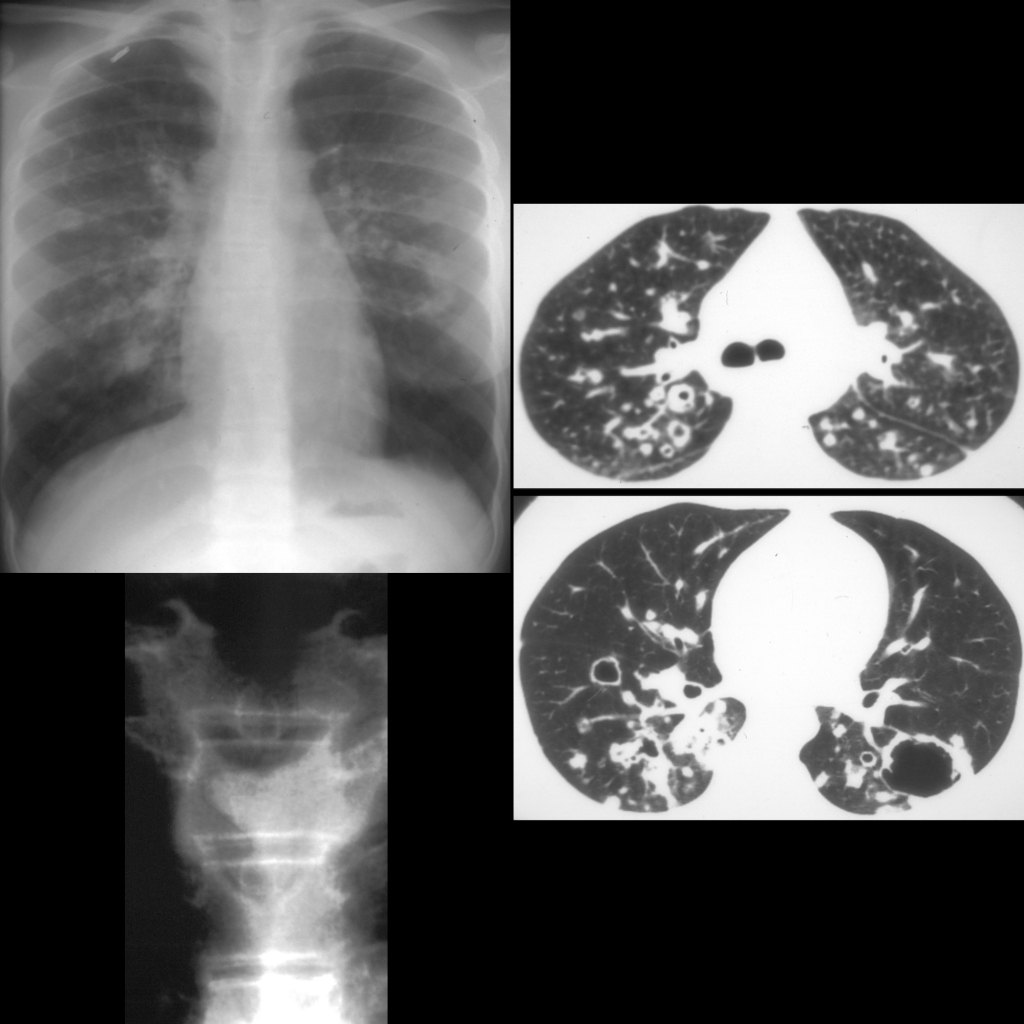
The diagnosis was tracheobronchial papillomatosis.

The diagnosis was tracheobronchial papillomatosis.

The diagnosis was left pulmonary agenesis.
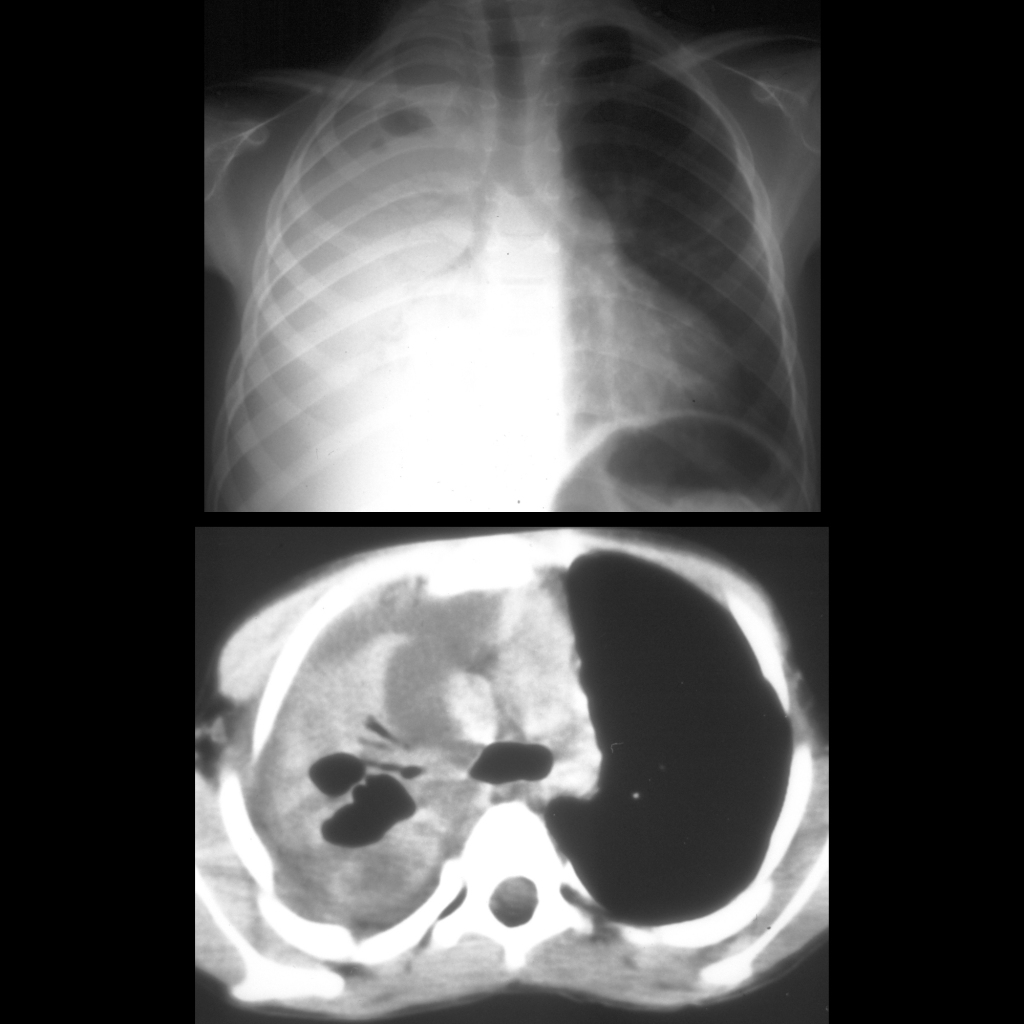
The diagnosis was a developing lung abscess due to Streptococcal pneumonia.
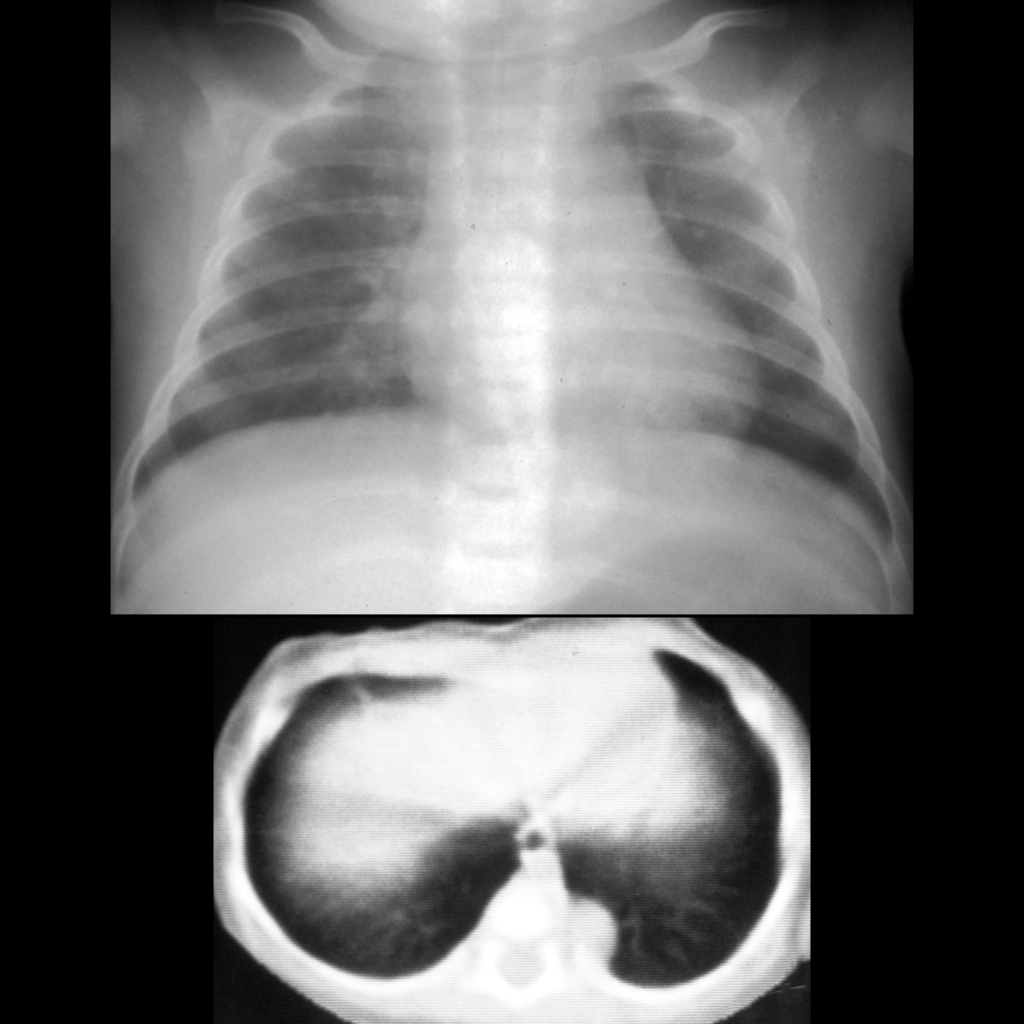
The diagnosis was extralobar pulmonary sequestration.

The diagnosis was pneumatocele due to pneumococcal pneumonia in a patient on ECMO.
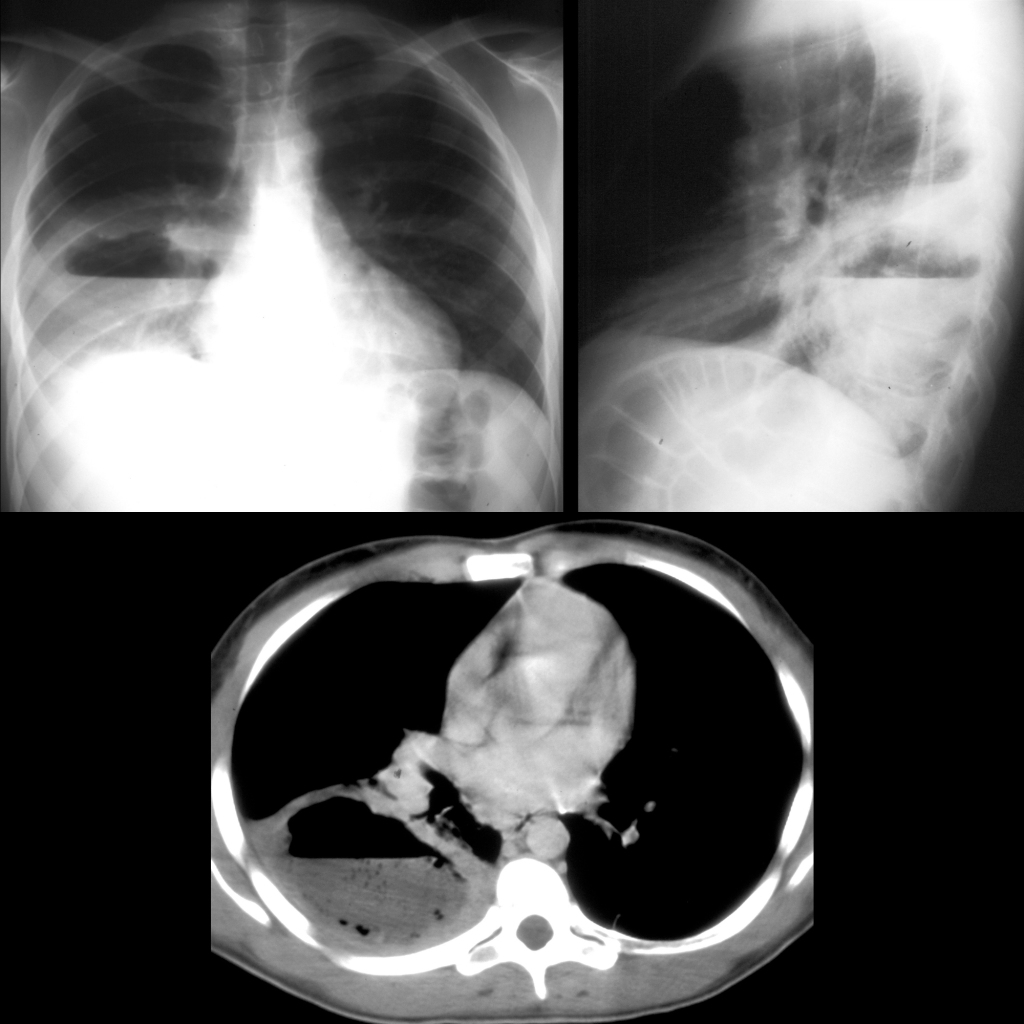
The diagnosis was lung abscess in a patient with bacterial pneumonia.
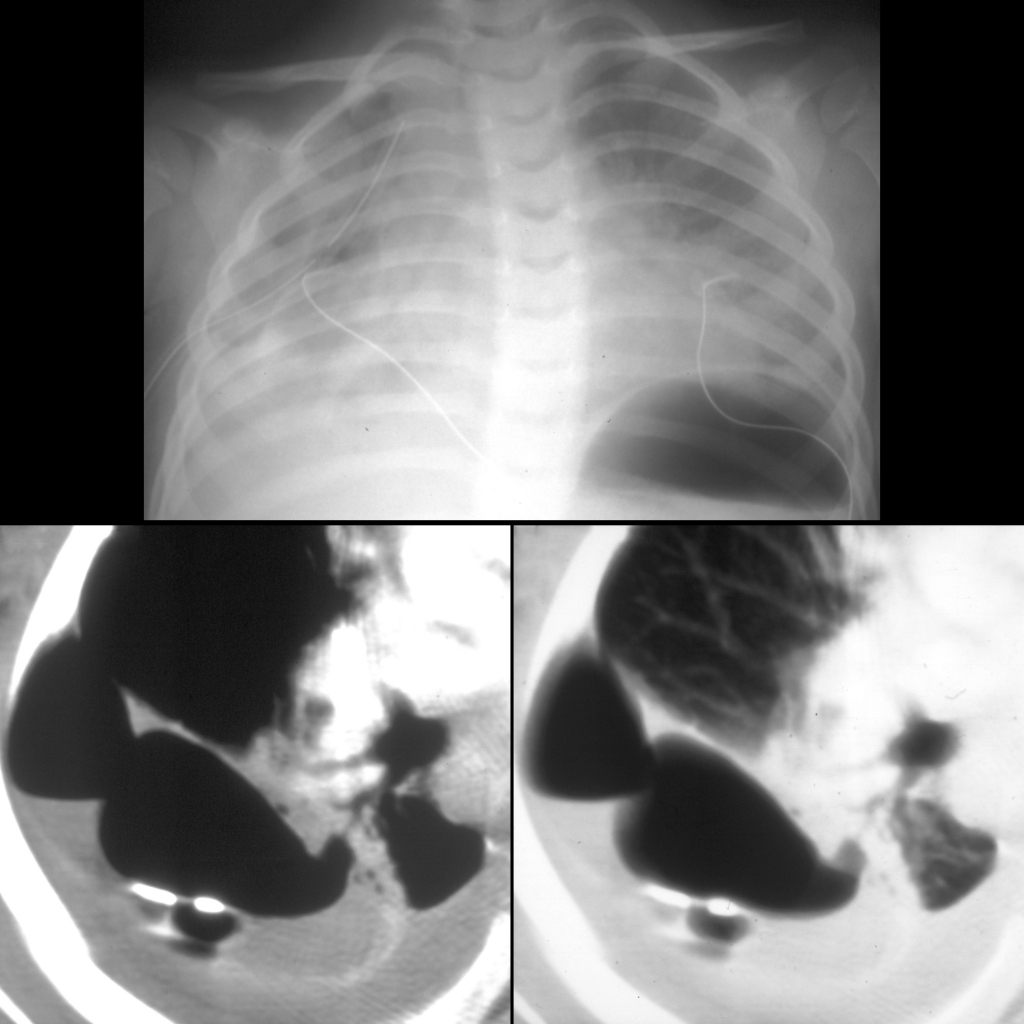
The diagnosis was bronchopleural fistula and pleural empyema in a patient with streptococcus pneumonia.

The diagnosis was lung metastasis in a patient with Wilms tumor.
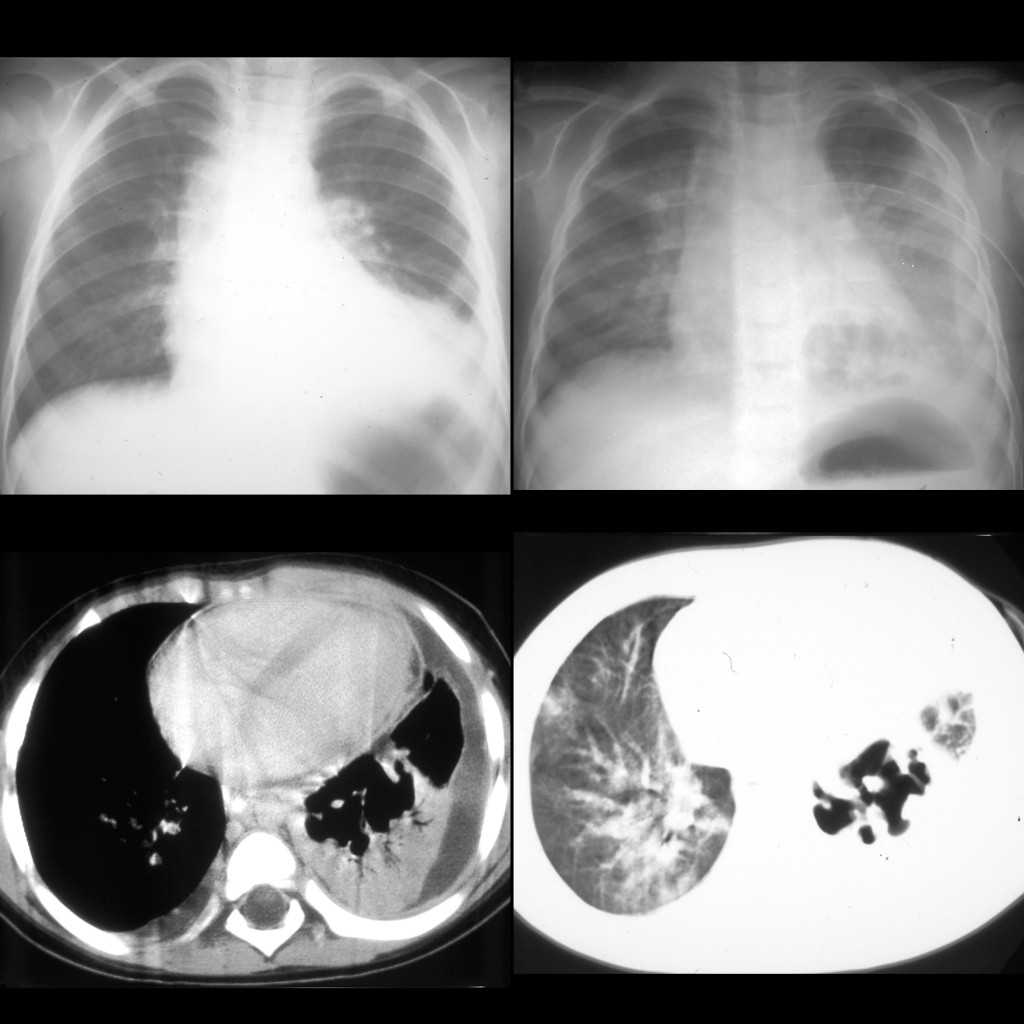
The diagnosis was post-infectious pneumatocele due to pneumococcal pneumonia.
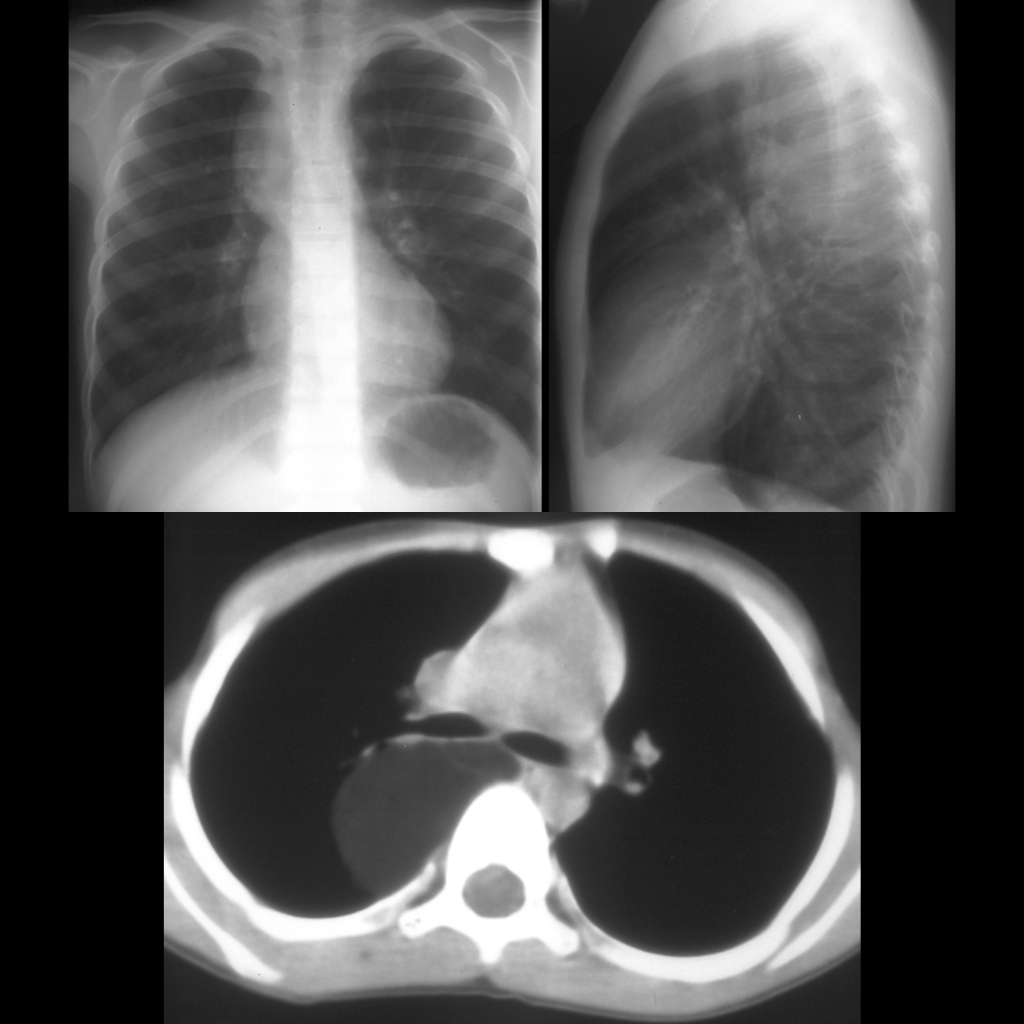
The diagnosis was lipoblastoma in the posterior mediastinum.
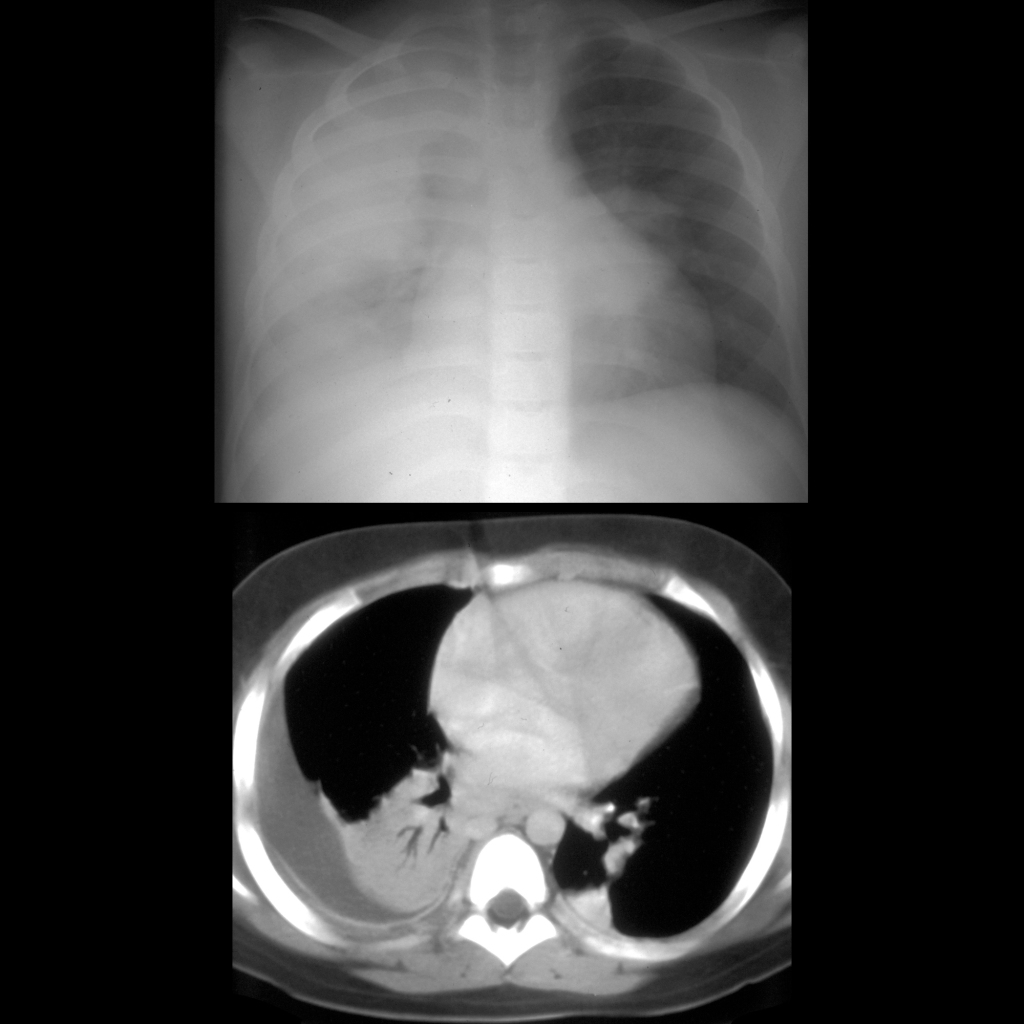
The diagnosis was pleural empyema.

The diagnosis was pneumatocele due to positive pressure ventilation in a patient with chronic lung disease.
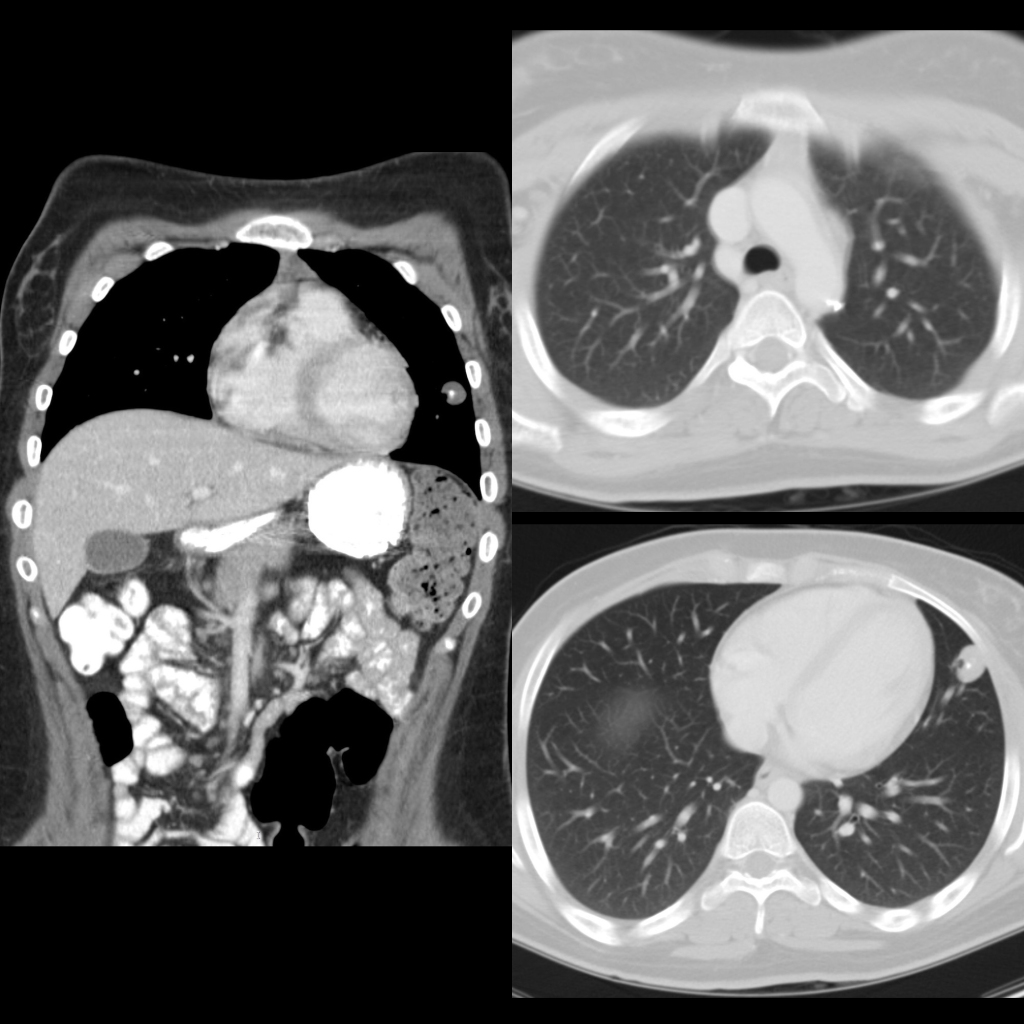
The diagnosis was histoplasmosis.
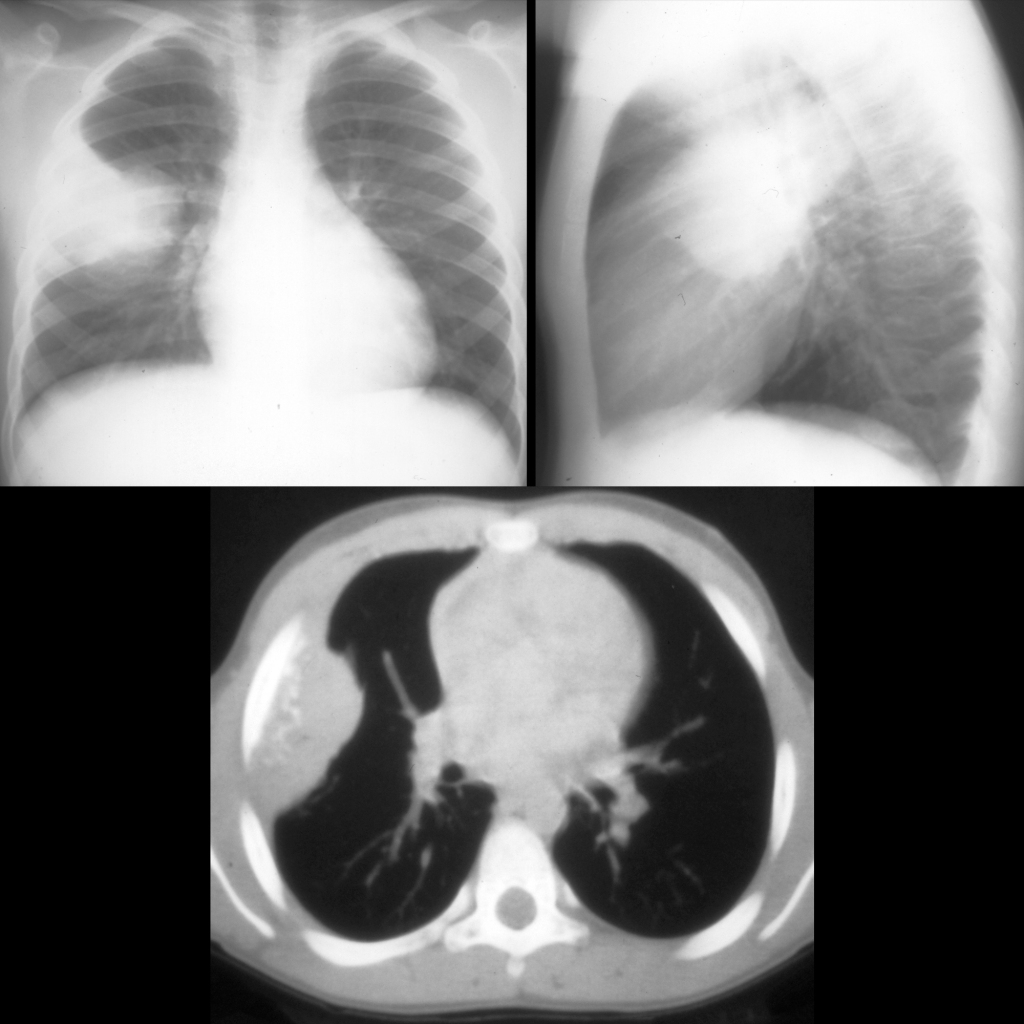
The diagnosis was Ewing sarcoma of the rib (Askin tumor).
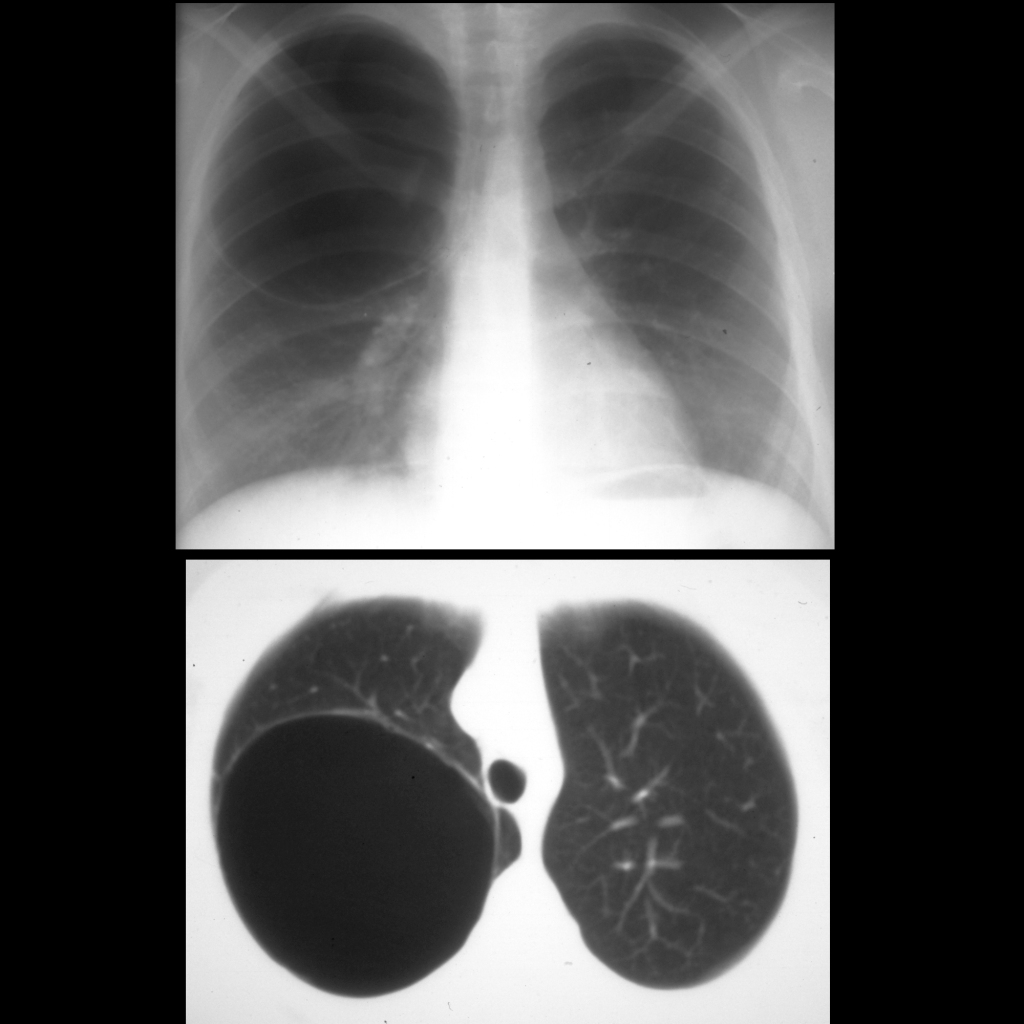
The diagnosis was congenital pulmonary airway malformation type I.
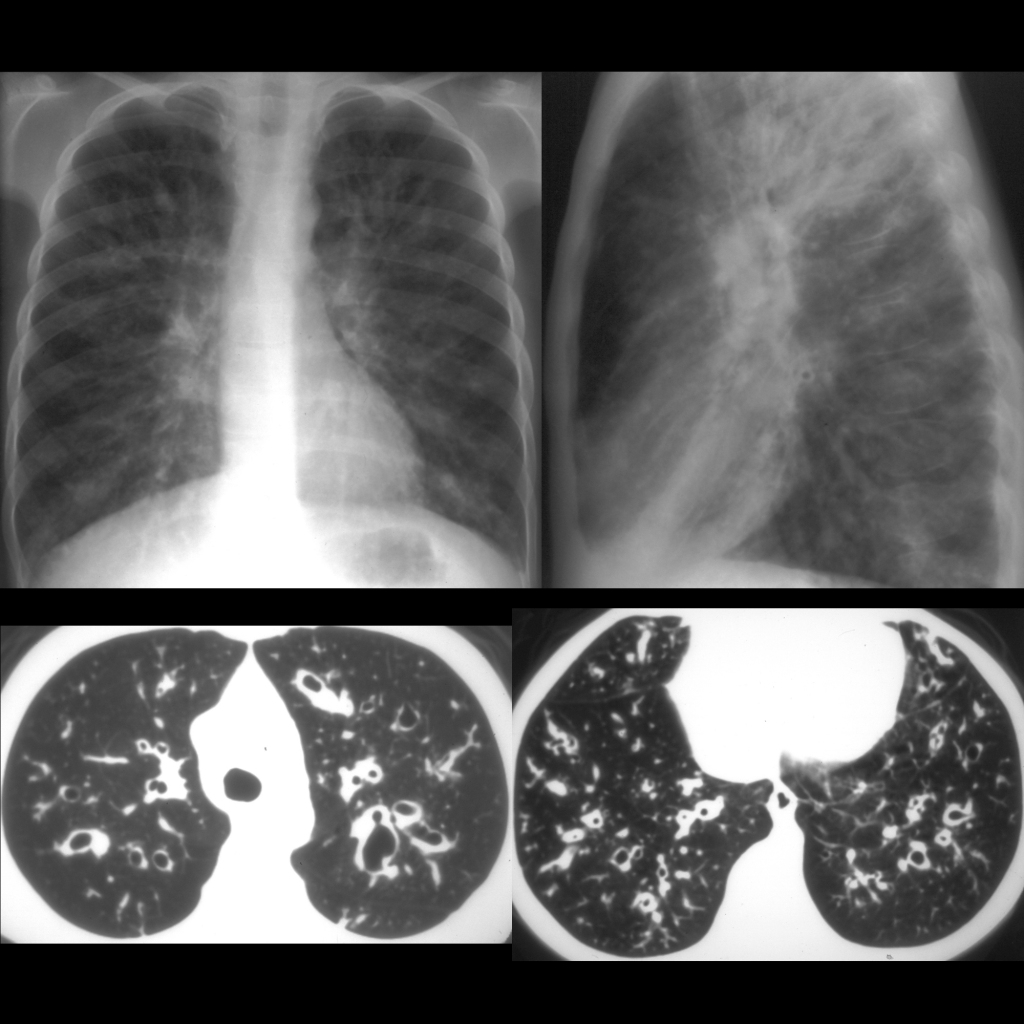
The diagnosis was cystic fibrosis.

The diagnosis was congenital lobar emphysema of the right middle lobe.
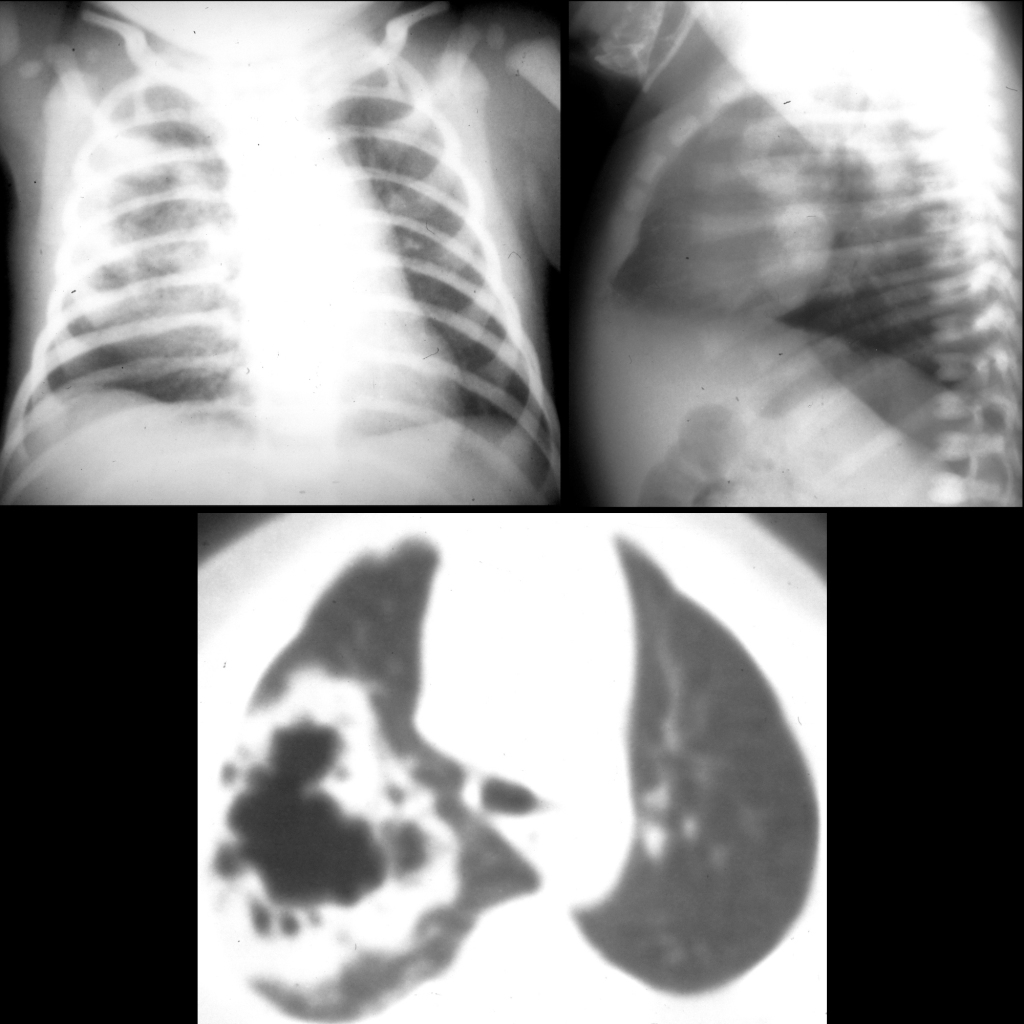
The diagnosis was congenital pulmonary airway malformation type I.
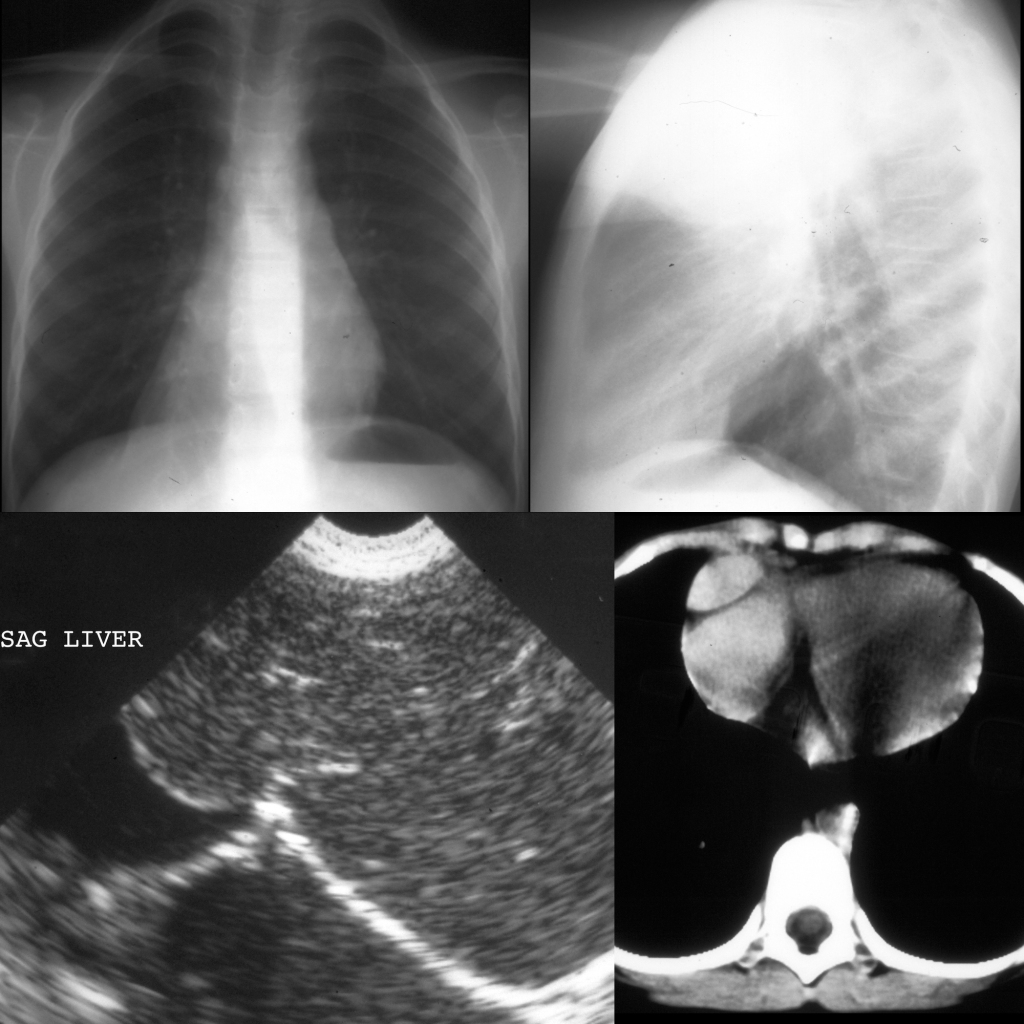
The diagnosis was a right-sided Morgagni hernia containing liver.
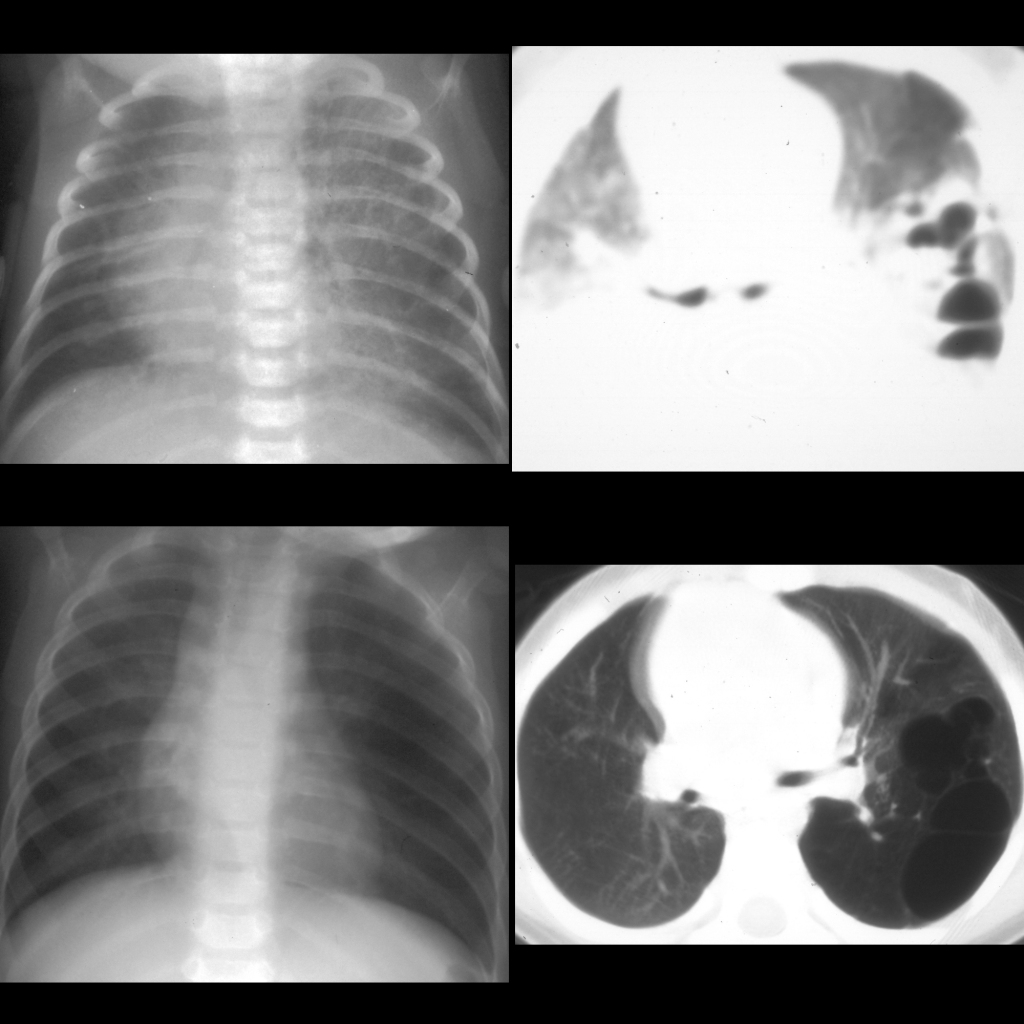
The diagnosis was congenital pulmonary airway malformation Type I.
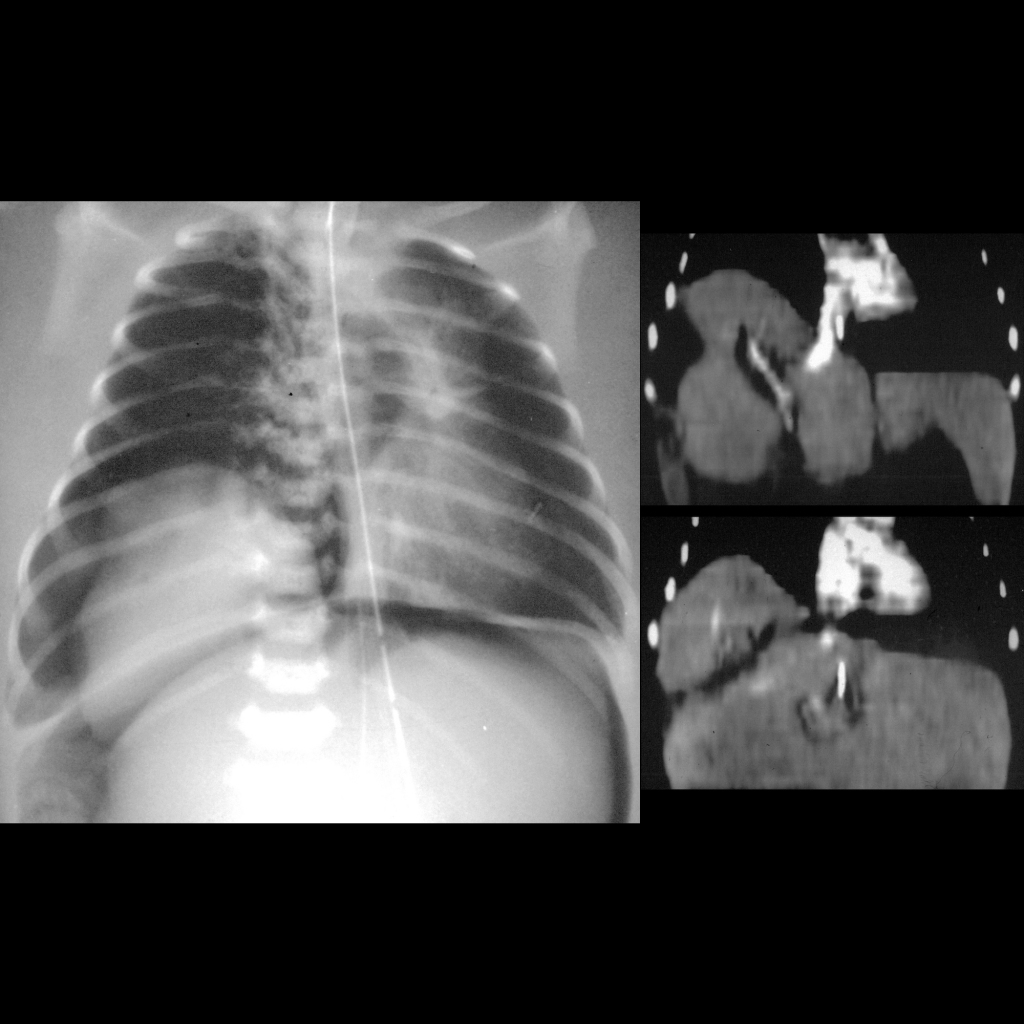
The diagnosis was congenital diaphragmatic hernia containing liver as outlined by pneumothorax and pneumoperitoneum.
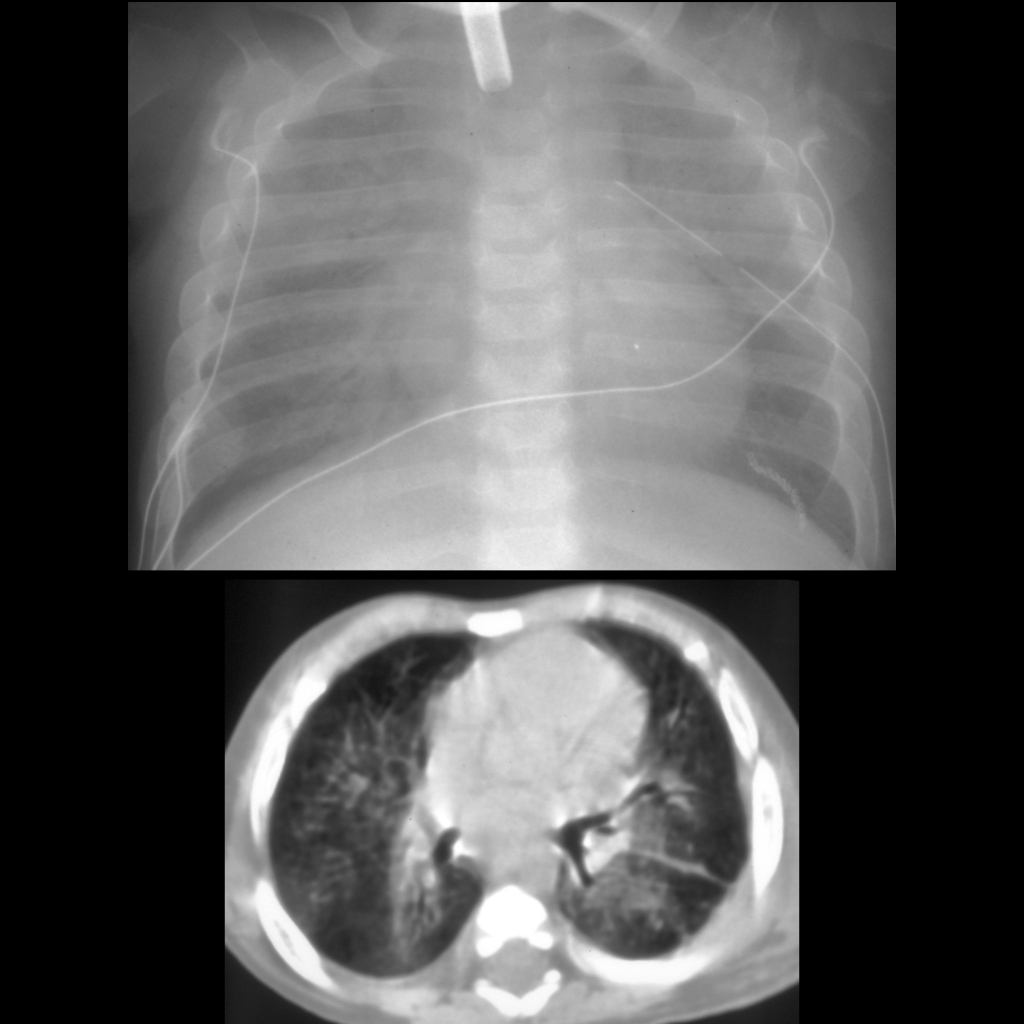
The diagnosis was bronchopulmonary dysplasia.

The diagnosis was bronchiolitis obliterans with organizing pneumonia.
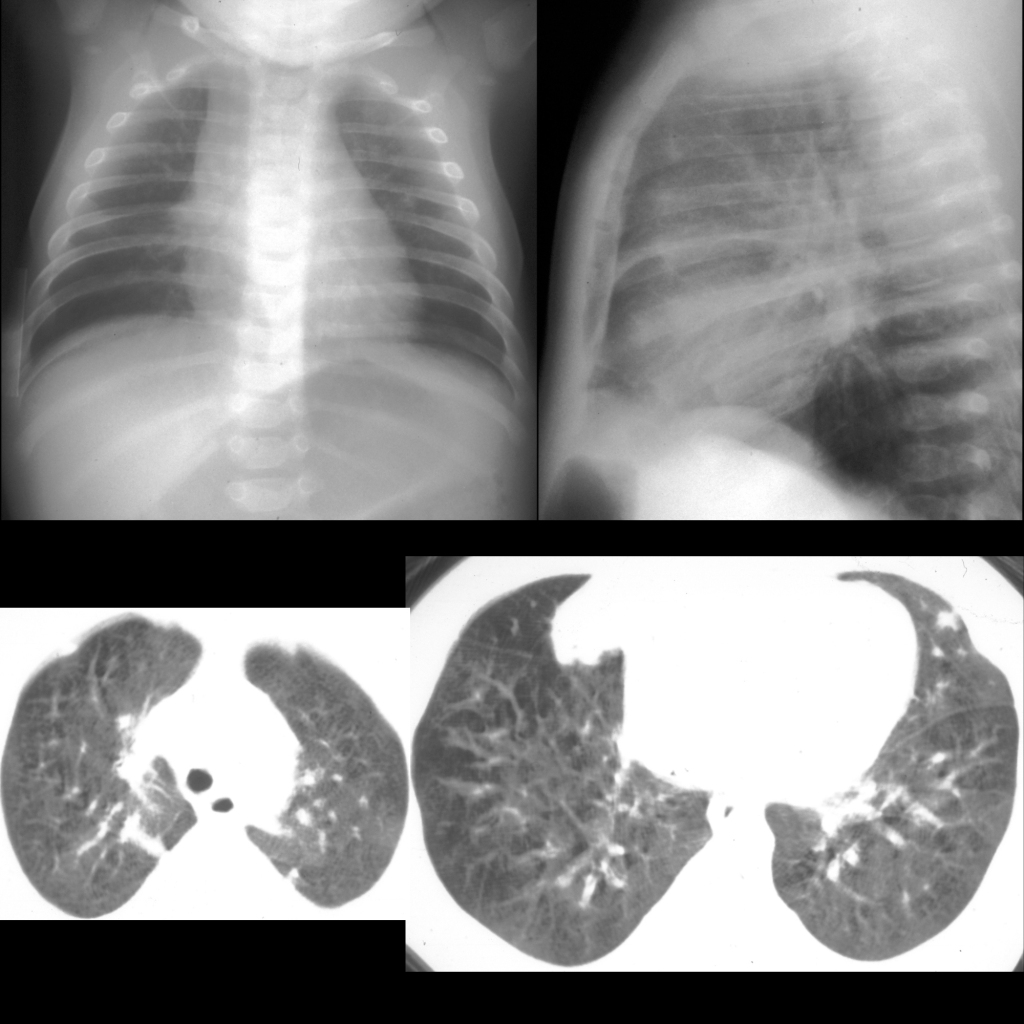
The diagnosis was bronchiolitis obliterans.

The diagnosis was invasive aspergillosis.